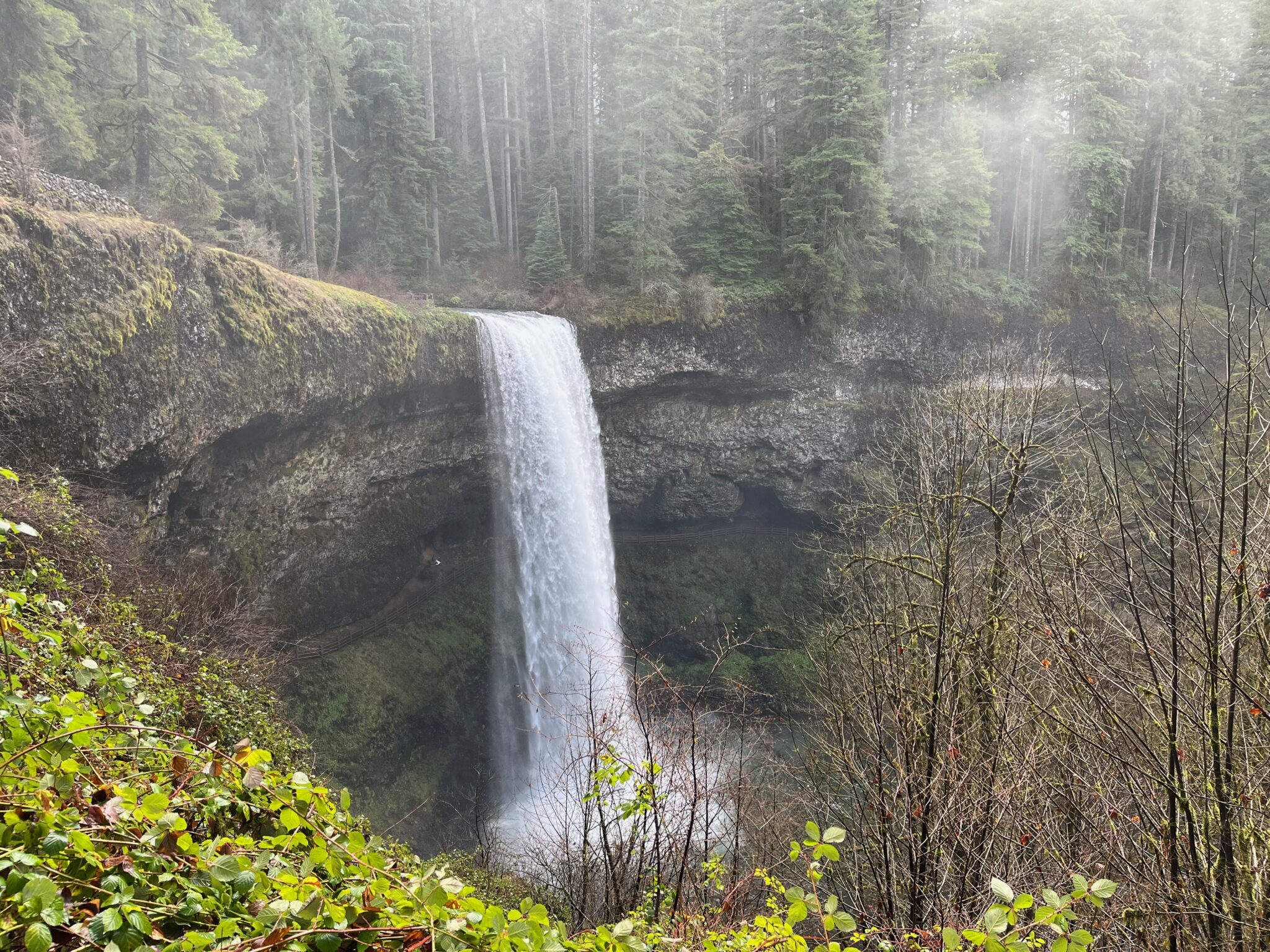SALEM, Ore. – Visiting some of Oregon’s most popular state parks will soon cost more. The Oregon Parks and Recreation Department (OPRD) announced that starting Oct. 1, day-use parking fees will expand to 21 additional parks, and overnight camping rates will rise in 2025. The changes are designed to address a 14% budget shortfall caused by record visitation, rising operating costs, and reduced lottery funding.
Day-Use Parking Fees Expand
Currently, Oregon waives parking fees at most of its 225+ state parks. Only 25 charge for day use. Beginning Oct. 1, that number will rise to 46 fee-based parks.
Day-use fees will be set at $10 per day for in-state visitors and $12 for out-of-state visitors. The new fee requirement will apply to some of Oregon’s busiest destinations, including:
Also Read
-
Beverly Beach State Park
-
Fort Stevens State Park
-
Oswald West State Park
-
Harris Beach State Recreation Site (with 2 million visits in 2024)
-
Crown Point State Scenic Corridor
-
South Beach State Park
-
Sunset Bay State Park
-
Valley of the Rogue State Recreation Area
-
Tryon Creek State Natural Area
-
Tolovana Beach State Recreation Site
Visitors arriving on foot, bicycle, or public transit will not be charged. Annual permits remain available: $30 for 12 months or $50 for 24 months.
Overnight Camping Rates Rising
In addition to parking fees, OPRD will raise camping rates at 29 high-demand parks starting May 2025. The new peak-season rates, effective May 1 to Sept. 30 and year-round on weekends, will be:
-
$29 per night for tents
-
$52 per night for RVs with full hookups
The increases apply to popular destinations like Silver Falls, Cape Lookout, Jessie M. Honeyman Memorial, Tumalo, and Wallowa Lake State Park.
Other fee adjustments include:
-
Cabins and yurts: $72–$129 per night
-
Boat moorage: rising from $15 to $20
-
Overflow and primitive camping/overnight parking: $10 to at least $15
Why the Changes Are Needed
State officials point to mounting financial pressures as the driving factor. Lottery funds, which cover nearly half the parks system’s budget, have declined. The remainder comes from park fees (35%) and RV license plate fees (15%).
“The reality is, our parks are busier than ever, but our revenue hasn’t kept up,” said OPRD Director Lisa Sumption. “We’re working to reimagine Oregon State Parks as a financially resilient system that will serve generations to come.”
The last major increase to day-use fees occurred in January 2025, when the rate doubled from $5 to $10, ending a 15-year freeze.
Balancing Access and Sustainability
OPRD emphasized that the new fees will help maintain current service levels, preserve facilities, and protect natural resources. While some worry that increased costs may deter families from visiting, officials argue the fee adjustments are necessary to ensure parks remain accessible long term.
To soften the impact, OPRD highlights the affordability of annual permits, which can pay for themselves in as few as three visits.
Looking Ahead
With Oregon’s state parks attracting millions of visitors annually, the department views these changes as a step toward financial stability.
“State parks are some of Oregon’s most beloved spaces,” Sumption said. “We want to ensure they stay that way—open, welcoming, and sustainable for the future.”












